Owning an RV is not just about the adventures it can take you on; it's about the complex and self-sustaining system you bring with you. A crucial yet often misunderstood element of this system is the RV power converter. For the uninitiated, your converter is the unsung hero responsible for ensuring that your home away from home stays powered up. In this extensive guide, you’ll not only demystify the complexities of RV power converters but also gain a deep understanding of how these devices work, how to choose the right one, and how to troubleshoot issues that might interrupt your sojourns.
What are RV Power Converters?
An RV power converter is a vital piece of equipment in any recreational vehicle, bridging the divide between the vehicle's 12-volt DC (direct current) electrical system and the 120-volt AC (alternating current) system common in households. It does more than just this electrical interpretation; commonly, RV converters also serve as battery chargers, making sure your RV's battery is always ready for the next adventure. Think of it as the multilingual translator in the bustling bazaar of electrical gadgets in your RV.
There is quite a variety of converters available in the market, with different sizes and capabilities. This can lead to a lot of head-scratching as to which one to choose for your rig. To make the right selection, we must first understand the language and needs of the electrical systems in our RV.
Types of RV Power Converters
Stand-alone Converters
These are the most basic type, typically found in older RVs. They handle the conversion of power without any frills and are often compact in size.
Multifunctional Converters
The more modern and sophisticated models offer several features. These include the main AC to DC conversion, battery charging, and are often packaged with a wide range of safety features.
Inverter-Chargers
These units not only convert DC to AC power —like an RV power converter— but go a step further by enabling the RV to charge its batteries from an external AC source.
Each type has its benefits based on the size and complexity of the RV's power needs. Newer RVs may have more advanced electrical systems, while older models will have simpler, less robust setups. The trick is to match the converter to the existing system.
Understanding Converter Ratings
When shopping for an RV power converter, you’ll encounter ratings and jargon that can sound like a foreign language to a newbie. Here are some key parameters to understand:
Amperage (Amp) Rating
This is the most crucial factor. The amperage rating tells you how much current the converter can handle at a time. For instance, a 55-amp RV power converter can deliver up to 55 amps of 12V power continuously. Consider not just your current needs but also potential future requirements when choosing your converter's rating.
Efficiency
This describes how effectively the converter can convert power from AC to DC without loss. Look for models with high efficiency to reduce the energy lost as heat, which can otherwise be a significant drain on resources.
Charging Modes
More sophisticated converters offer different battery charging modes, such as bulk, absorption, and float, which are essential for optimizing battery life and performance.
Understanding these ratings will help you find the right device to ensure a reliable power supply and to prevent overloads that can be dangerous to the RV’s electrical system.
Installation and Maintenance
Installation
If you're installing a power converter for the first time, it’s always best to consult a professional. Wiring issues in an RV can lead to harmful and dangerous results. However, if you are comfortable with the DIY approach, ensure you understand how to wire the system properly and have a firm grasp on your RV’s electrical layout.
Maintenance
Routine maintenance on your RV power converter can extend its life and improve its performance. Simple checks, like ensuring vents and fans are clean and unobstructed, are critical. Regular testing of the output voltage is also important to detect any issues before they become a major problem.
Investing in a surge protector can also protect the converter from unexpected spikes that can fry the circuitry. A little care goes a long way in keeping your RV power supply running smoothly.
Troubleshooting Common Issues
Even with diligent maintenance, things can still go wrong. Here are some common issues and their solutions:
Fuse Blows Immediately When Replaced
This may indicate a more significant electrical problem that requires professional help. Fuses blow to prevent damage from electrical overloads, so continual blowing can be a sign of a larger issue.
Battery Doesn't Charge
If your battery doesn’t charge, start by checking the connections to make sure they are secure and free from corrosion. If the wiring looks good, the problem might be within the converter itself and could require repair or replacement.
Overheating
If your converter gets too hot, it could mean it’s being asked to do more than it can handle. Ensure you have the right converter for your needs. Overloading the system can also cause overheating; make sure to reduce your power needs if you're running too many appliances.
Understanding these common issues and their fixes can keep your RV powered up and your adventures uninterrupted.
Conclusion
Your RV power converter is the silent guardian that ensures a seamless, electricity-powered nomadic life. With a basic grasp of its workings, ratings, and maintenance needs, you can confidently choose, install, and maintain the right converter for your RV. Remember, electricity can be unforgiving, so always prioritize safety and consult a professional if in doubt. Armed with this knowledge, you can hit the road with the peace of mind that your electrical system is set to make your travels not only electrifying but also safe and sustainable.


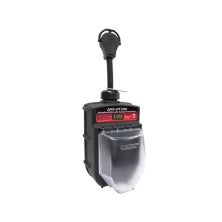
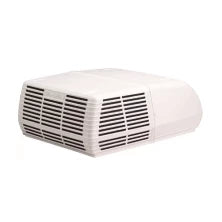
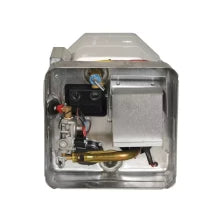
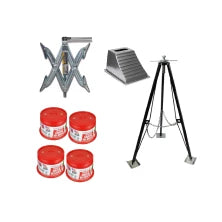
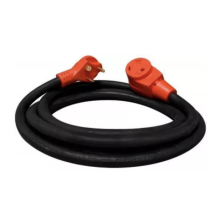
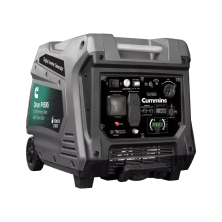
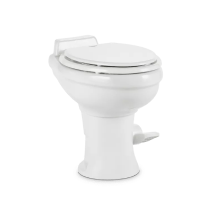
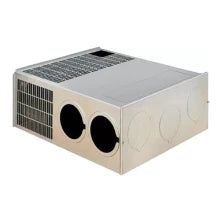

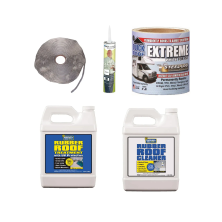
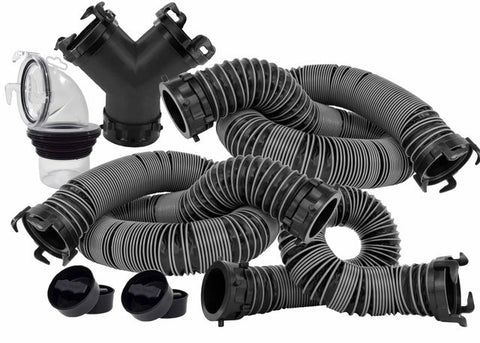
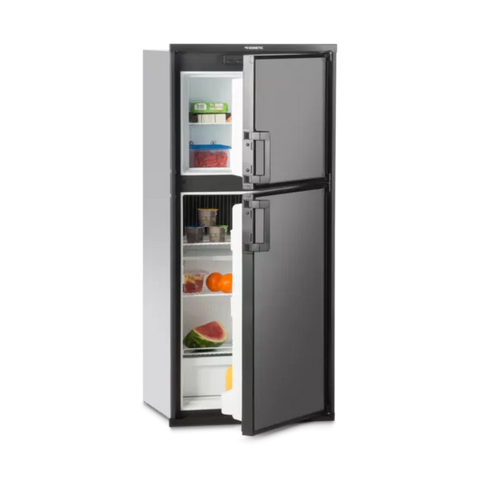
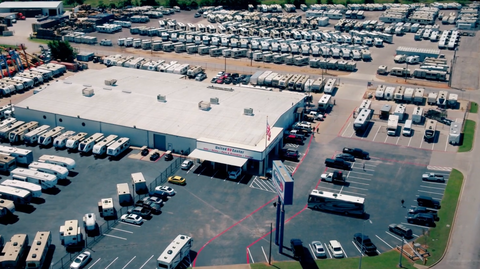
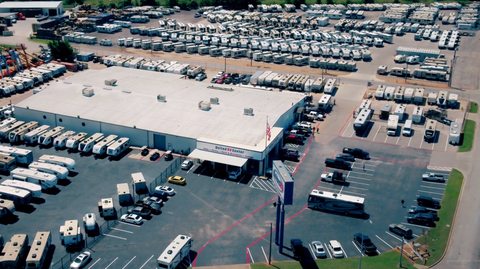
Comments (0)
There are no comments for this article. Be the first one to leave a message!